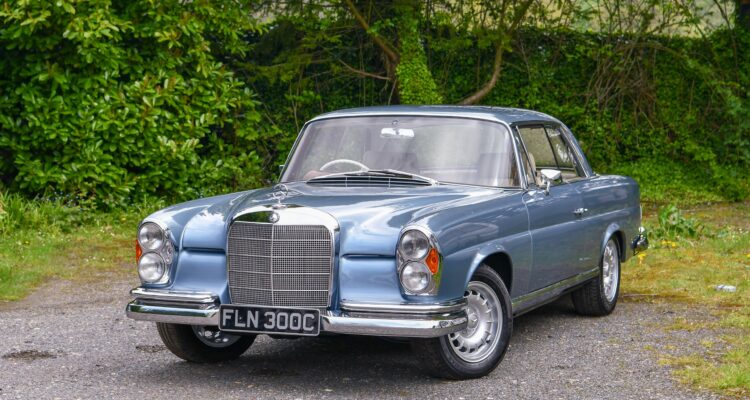‘Targhe Nere’ – Good news for Italian classics
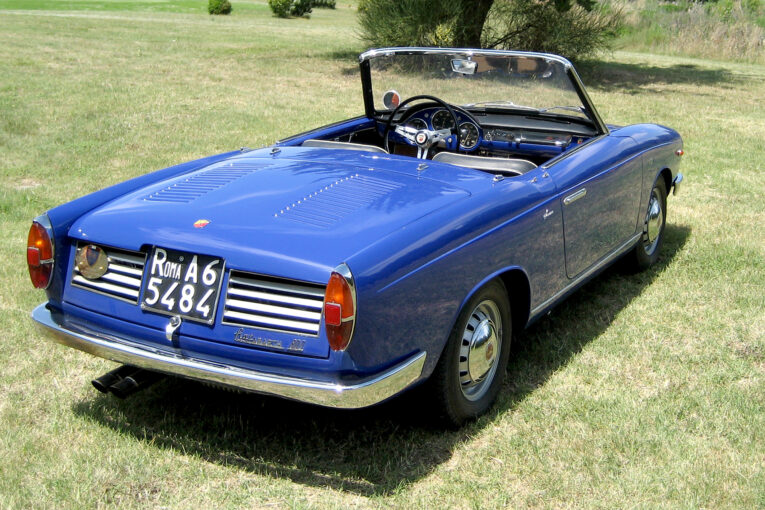
If you think that a Lancia Aurelia B24, complete with its first ‘targhe nere’ Italian registration number plate, looks the same as another with a more recent one it’s probably because you don’t realise how significant the difference between the two number plates is. What would kill the charm of one of the most beautiful cars of the Fifties? We’ll give you a clue, it’s white, oblong and made of metal, with black letters and numbers, issued from the second half of the Eighties.
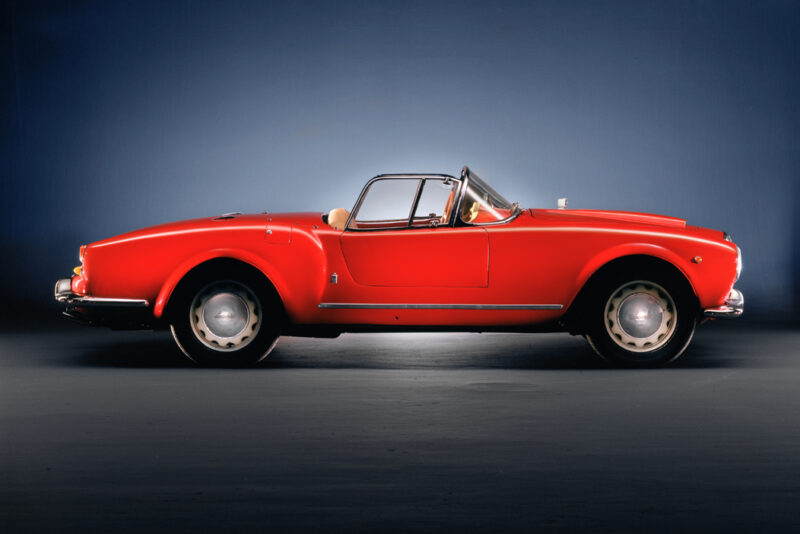
Can you imagine the elegance of an Isotta Fraschini or a gorgeous Ferrari California, a Lamborghini Miura, or any car of the ’70s for that matter displaying a modern, highly reflective white number plate? If fitted with the later type of plates, including a couple of letters (quite often ‘ZA’) instead of the initials of the towns, then the effect would be even worse. Fortunately, this type of new plate was only issued from 1994 and for five years only.

The eyesore of the strongly contrasting styles and eras concerns all cars of course, not only those made in Italy. Starting in 1927, the same year as the Pubblico Registro Automobilistico (Public Car Register) was born, all the number plates of vehicles circulating in Italy have been black with white lettering – until 1985. Therefore, in the Peninsula many of the finest cars in automobile history have been first dressed ‘in black’, as those were the decades when they have been designed and built.
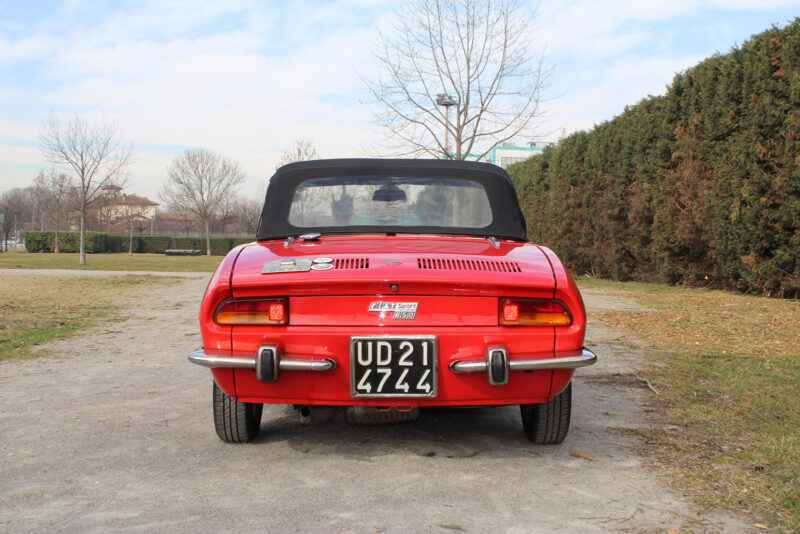
The good news, to the delight of all Italian vintage and classic car enthusiasts, is that now it’s finally possible to have back the car’s earliest number plates thanks to the decree implementing law 178 of December 30th 2020 that has finally been signed on August 4th by the Minister of Infrastructure and Transport, Matteo Salvini.
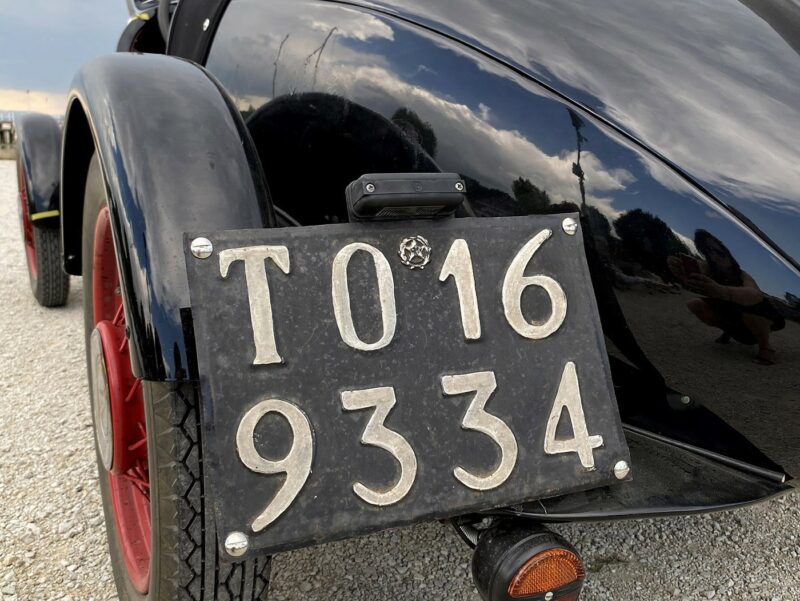
That’s a long awaited change in legislation which not only allows the re-instatement of a genuine original feature of a car but also changes its face as the aesthetic appeal of the vehicle is also significantly enhanced. It’s why all the movers and shakers in the Italian classic car scene – like Asi-Automotoclub Storico Italiano and the Automobile Club d’Italia – have been struggling for over five years to obtain the legal amendment to again register cars of historical and collectible interest as they were in-period. Also, contemporary number plates, with the EU stars and the two light blue sidebars, are of course incongruous on classic cars as they look uncomfortably modern compared to the original so called ‘targhe nere’ (black number plates).
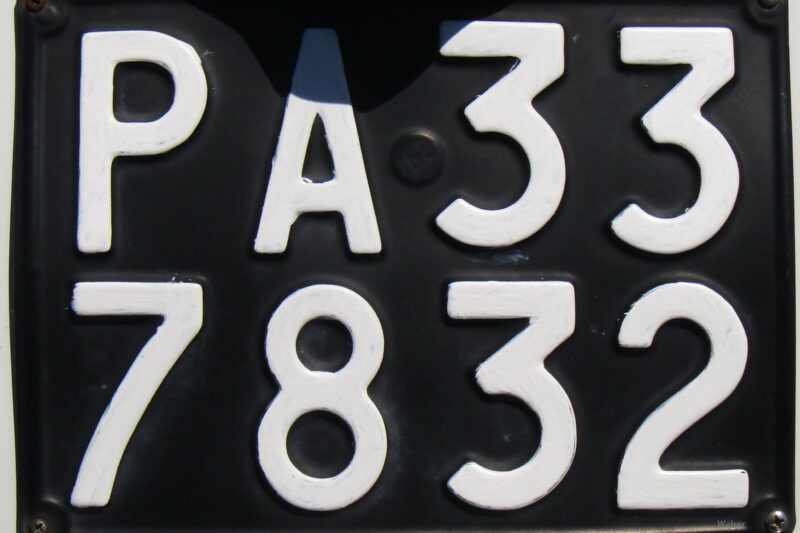
For the historophiles among you the Italian number plate became black as a decision of the fascist party, which wanted its logo reproduced in white among the lettering. The provinces were represented by the first two letters of their names, written in white and followed by a progressive number; that’s the system adopted until the ’80s on all the types of black plates. Later, after the Second World War, the logo was substituted by the crown of thorns with three bayonets inside of the national Association of disabled men of the war.

Earlier, in 1931, the back plate featured two lines, one for the name of the province and another below for a sequence of numbers. Then, four years later, the front plate became smaller, with just one line. In 1948, with the birth of the Italian Constitution, the era of the Republic logo on the number plates began, reaching the current period after a series of design changes which included the adoption of a plastic tablet in place of metal in 1963. As a final variation, the lettering indicating the towns started to be written in orange on the rear-facing plates from 1976 to 1985, before the ‘black period’ was consigned to history.

We must now wait until early October before owners can re-register their cars of historical and collectible interest – since it takes 60 days for a law to enter into force in Italy. Of course you can’t have back the registration documents of the vehicle, what is called the Libretto di Circolazione, but at least, since the number plates will be released by the official government institute which prints euro coins in the nation (Istituto Poligrafico e Zecca dello Stato), it is highly likely that they will be well manufactured, in respect of the original materials and typeface of the earlier eras.
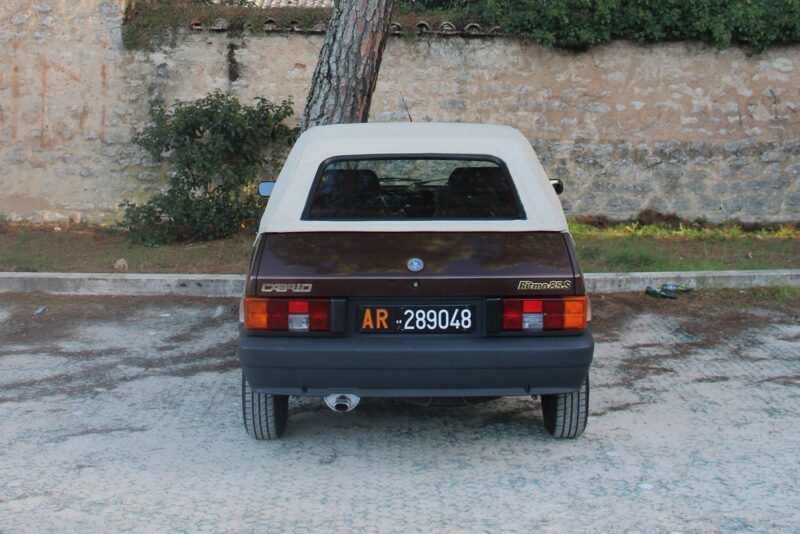
The process starts with an online request (in the site called Sportello Telematico dell’Automobilista) or by applying in an office of the civil motorization in the country. Whether the vehicles have been deleted from the Italian register for any reason, including exportation, or if they are newly registered or have never had any documents, the procedure to obtain back their first number plates is the same. With €549 to pay for cars and €274.50 for motorbikes and agricultural machinery, the ‘targhe nere’ are not expected to appear again on all classics but for sure in many cases it might be a worthwhile investment. The ‘targhe nere’ is a distinctive flair that is impossible not to notice. It’s the cherry on top of the restoration of an historically significant car. And, last but not least, it actually enhances the market appeal of the vehicle.

